Injection molding is a manufacturing process commonly used for fabricating items from plastic trinkets and toys to automotive body parts, cell phone cases, water bottles, and containers. Essentially many of the plastic parts that we use in every-day life are injection molded. Injection mold polishing.
While injection mold technology appears straightforward on the surface (literally), the cost of tooling an injection mold often is not. Here we examine what injection mold tools are made of, why they cost so much and how to get a more competitive tool.
1. Why Injection Mold Polishing is Important
1.1 Enhances Surface Finish of Plastic Parts
The surface finish of an injection mold will decide the appearance of the final plastic product. A polished mold will lead to smooth and mirror-like surfaces on molded parts, while an unpolished mold will cause poor surface quality on injection molded parts, with possible visible defects or textures. For applications such as medical (healthcare), automotive or consumer electronics that require high-end products, polishing is an essential process in making custom injection molds.
1.2 Reduces Friction and Wear
Polishing a mold creates low friction between the molten material and the mold cavity, thus ensuring easy releasing of molded parts. It also lengthens service life of the mold injector and reduces wear and tear for both sides of a toggle type injected machine.
1.3 Prevents Surface Defects
Common injection molding defects like flow marks, sink marks and burn marks are usually caused by the uneven surface of the injection mold. By doing a good quality polish on the mold, it will guarantee no such defect risk in your production and thus higher yield with less waste during injection mold manufacturing.
1.4 Improves Productivity
Polished molds have a reduction in cycle time due to the smoother surface which causes molten plastic to flow easily through mold injectors without extra force for filling thinner sections of the part or while running along edges of parts which ultimately increase productivity in plastic injection mold parts production.
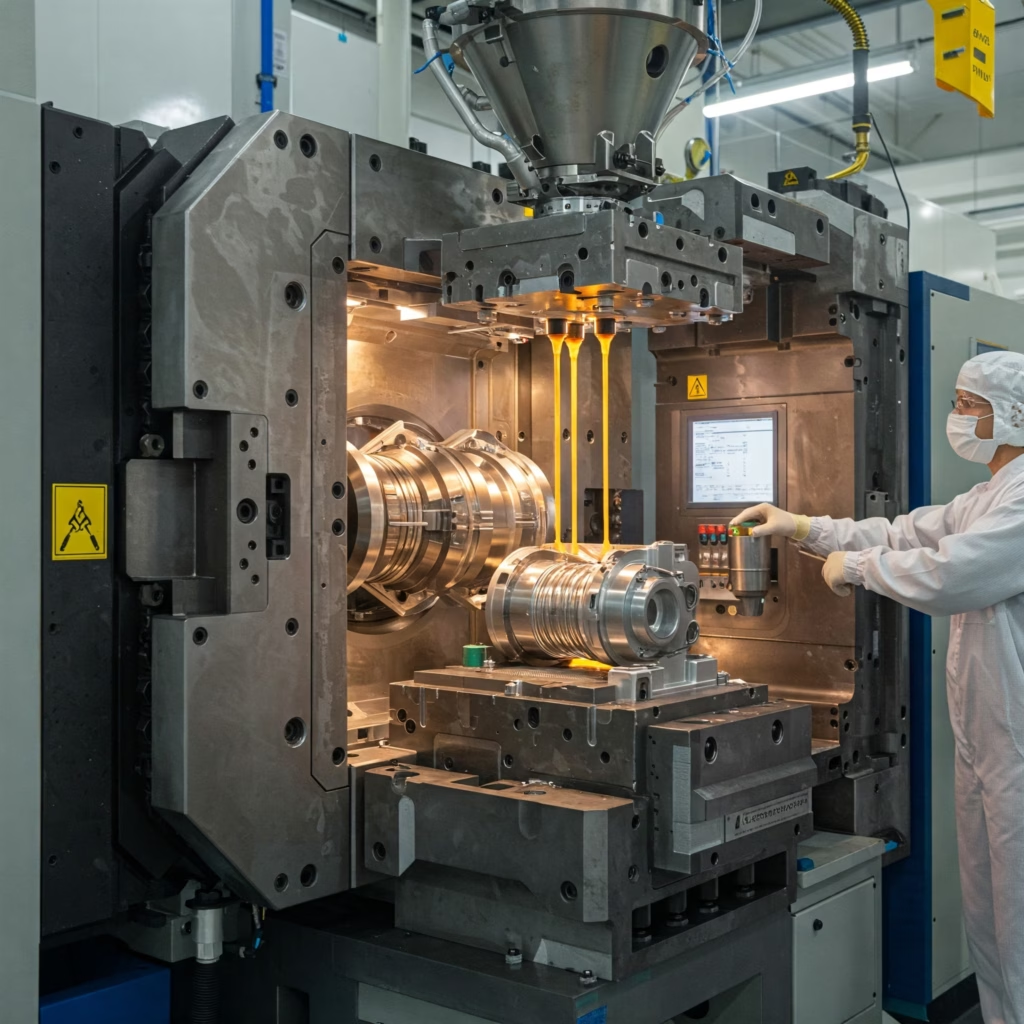
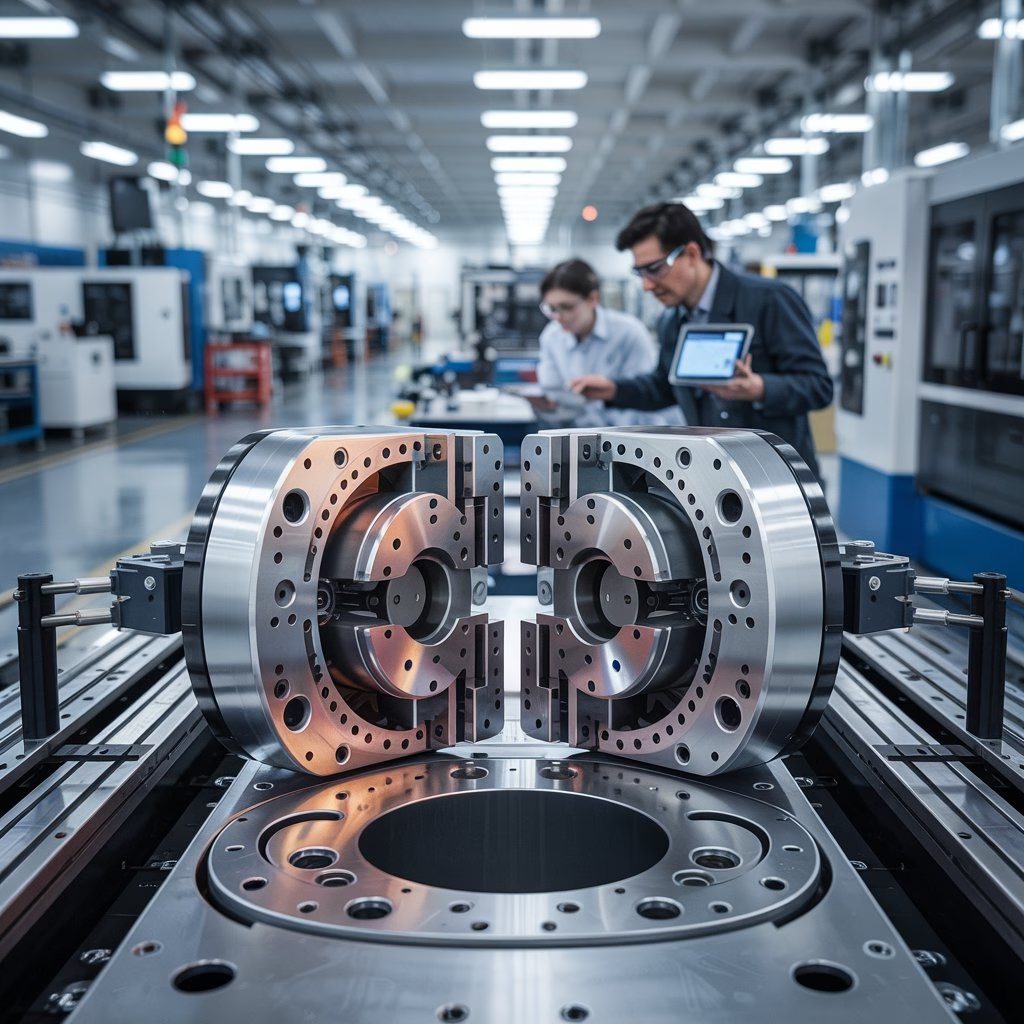

2. Types of Injection Mold Polishing
There are many techniques used in injection mold polishing, each with its own design and intended level of finish. The choice of the method largely depends on the kind of mold material, finish requirement and specified features of the particular custom injection mold.
2.1 Manual Polishing
Manual polishing where skilled mold makers use abrasive tools or wet/dry sandpapers or polished stones is the process of finishing the surface to bring it up to a mirror finish on injection molded part especially for optical part like lens, prism etc.
- Pros: Highly precise, customizable for complex metal injection mold areas.
- Cons: Time consuming, more manpower needed, higher chance for human error.
2.2 Mechanical Polishing
Mechanical polishing is the other type, it refers to use some mechanical tools like grinders, buffing machines or some CNC systems to achieve smooth and shiny effect. Usually this method will relatively take less time but the result is rather stable. It’s suitable for large volume injection mold service.
- Pros: high efficiency, stable level of surface finishing, low labor costs required by plastic mold injection companies.
- Cons: May not be as effective in complex or tight areas of custom injection mold design.
2.3 Electro-Polishing
Electro-polishing is carried out by immersing the mold in an electrolyte bath while applying a current, which results in the removal of a thin layer of metal from the mold surface. Electro-polished molds produce highly reflective surface finishes and are commonly used for metal injection molding.
- Pros: Generates extremely smooth surfaces, corrosion resistance. Ideal for high quality optical parts and medical grade injection molded parts.
- Cons: Requires special machine and handling.
2.4 Vapor Polishing
In vapor polishing, the mold is placed in solvent vapors which dissolve resin micro-cracks causing surface melting and therefore making it smooth and shiny. This method is particularly used for plastic injection mold parts of optical clarity and transparent components.
3. Common Materials Used in Injection Mold Polishing
The success of injection mold polishing will depend on the type of material that is being used as the mold. Different materials call for different types of polishing techniques as used by injection mold manufacturers.
3.1 Stainless Steel Molds
The stainless steel is most widely used in manufacturing injection mold for the high volume production as it possesses good strength and corrosion resistance property. The electro polishing and mechanical polishing are two practical techniques for the stainless steel mold finishing.
3.2 Aluminum Injection Mold Polishing
Aluminum molds are lighter, easier to machine but are also softer than steel. For custom injection molds manual polishing and fine sandpaper is typically used to prevent excessive removal of the mold material through high pressure abrasive blasting.
3.3 Copper and Copper Alloys
It is well known that copper molds have very good thermal conductivity, and the heat transfer effect can be kept smooth by polishing, which not only avoids oxidation in production of plastic injection mold parts but also strengthens thermal conduction.
4. Applications of Injection Mold Polishing
Industries striving for high accuracy and aesthetics injection mold polishing is a must have process. Plastic mold injection companies from industries like automotive, medical, consumer electronics, scientific equipment etc. uses it to get best refined parts.
4.1 Automotive Industry
Automotive parts such as dashboards, bumpers and interior trims needs polished molds in order to achieve smooth surface and perfect fit. For this reason custom injection mold are mostly used in this industry.
4.2 Medical Devices
Surgical appliances, syringes and their housing require components produced in highly polished molds conforming to stringent hygiene and surface requirements. Quality injection mold service guarantees it.
4.3 Consumer Electronics
Smartphone casings, laptops and remote controls all benefit from polished molds for the smooth finishes produced by injection molding machines.
4.4 Packaging Industry
Polished molds are required in packaging industry for cosmetic and food packaging to achieve a glossy and beautiful appearance. Most of the manufacturers of plastic injection mold parts in this are depend on the polishing of injection mold with good quality.
5. Injection Mold Polishing vs. Mold Texturing
Injection mold polishing is when the tool surface is built to a mirror finish, where mold texturing involves similar options built straight into the tool to provide patterns or surface finishes and affects aesthetics more. Though both have an impact on your part’s look, polish and gloss depend on smooth surfaces where texture are needed for decorating effects or script.
Conclusion
Injection mold polishing is a must-have step in injection mold making, It ensures the part aesthetics, improves molding efficiency, reduce molding defect and also affects mold life. From rough lapping through high gloss polishing, all possible processes are available with us in-house to help you take your design from concept to market.
The automotive, medical devices, consumer electronic parts or packaging may call for higher quality of injection mold parts that require quality polishing. With the rise of automation, machine improvement, environmental friendly emphasis being placed on manufacturers since decade ago.
Through the use of modern polishing techniques, plastic mold injection companies can provide better custom injection molds, maintain their metal injection molds for longer, and meet the demand increase in all industries.

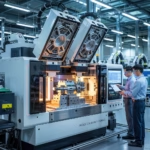

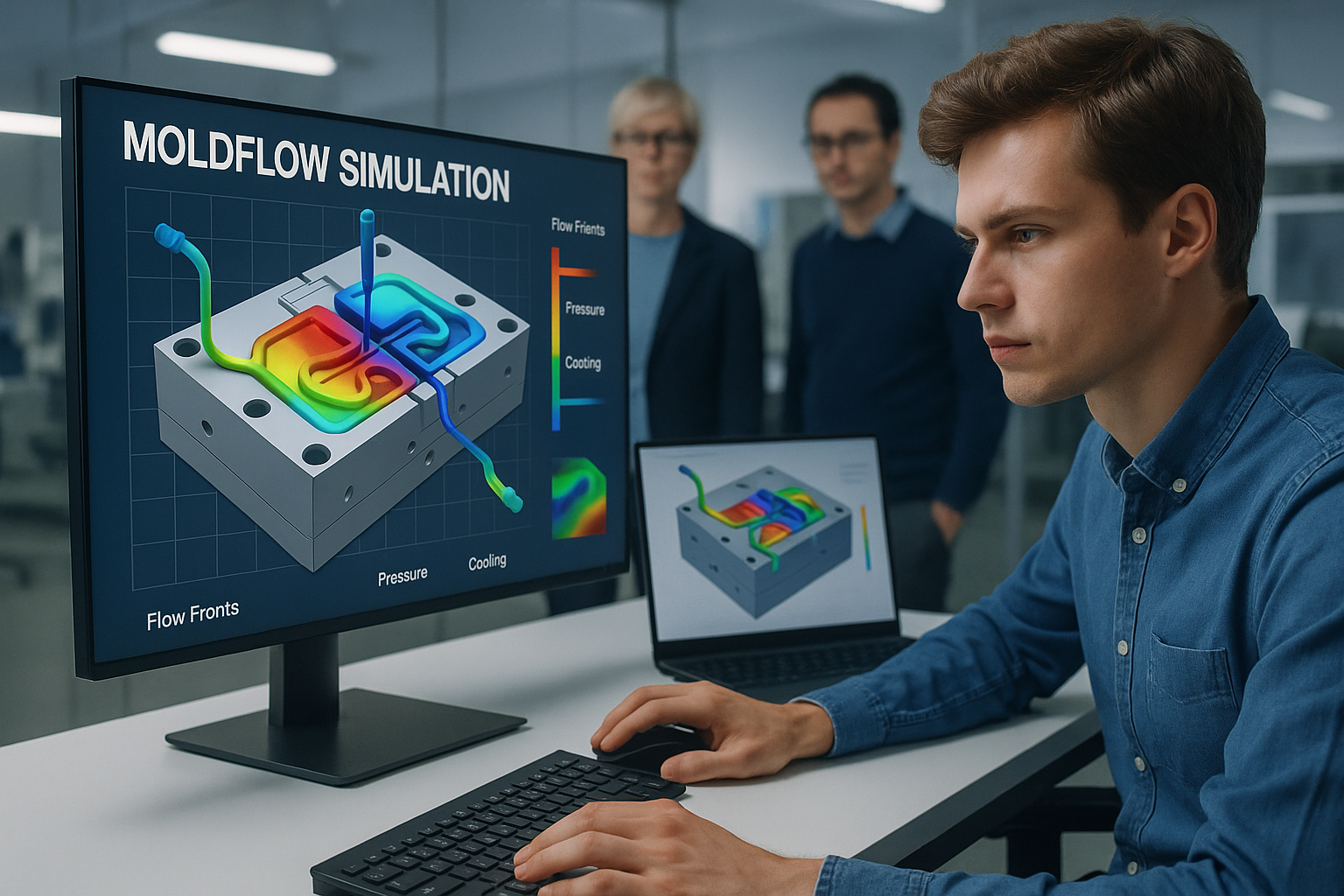
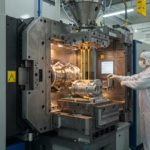
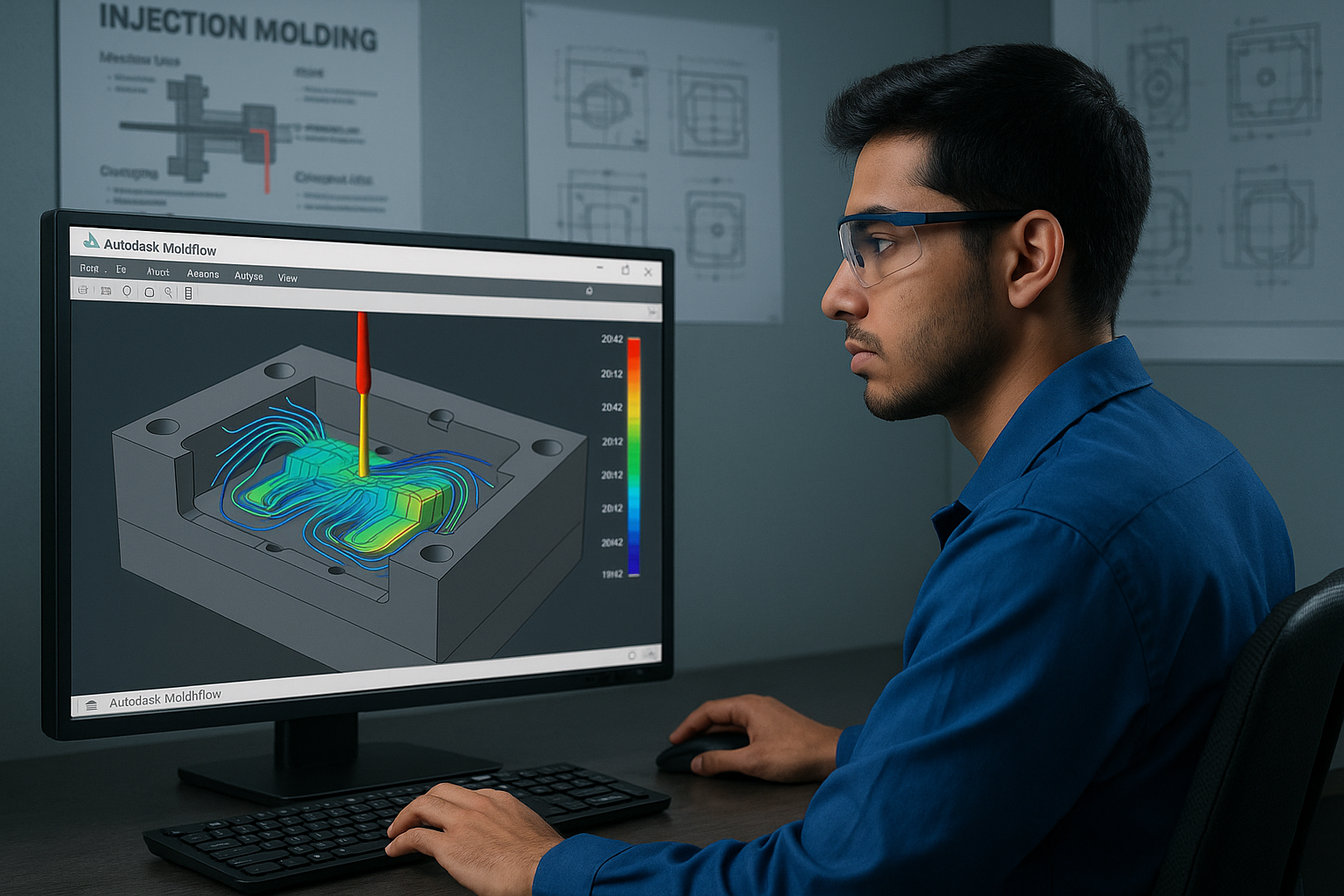
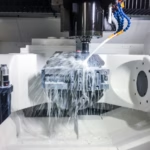
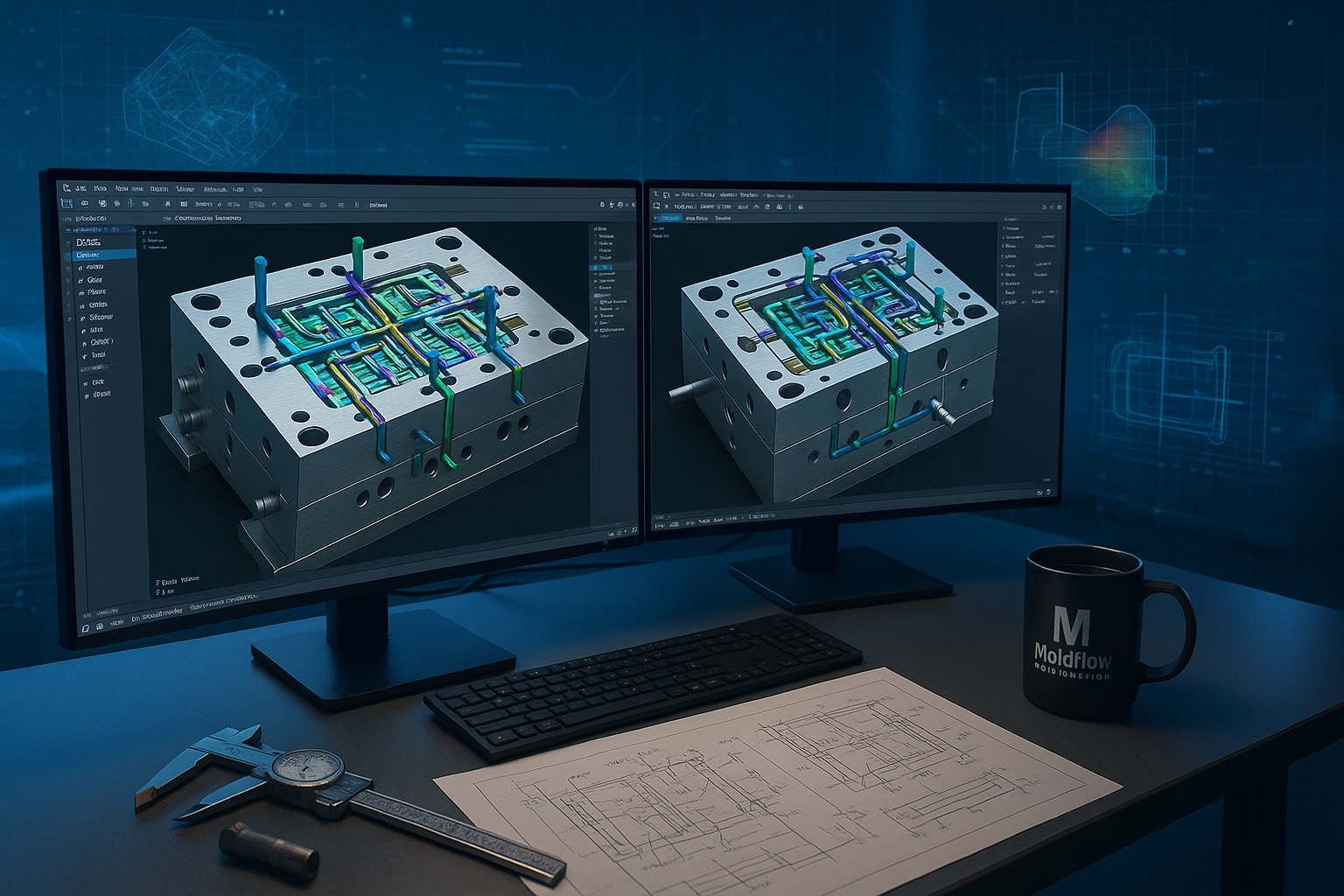
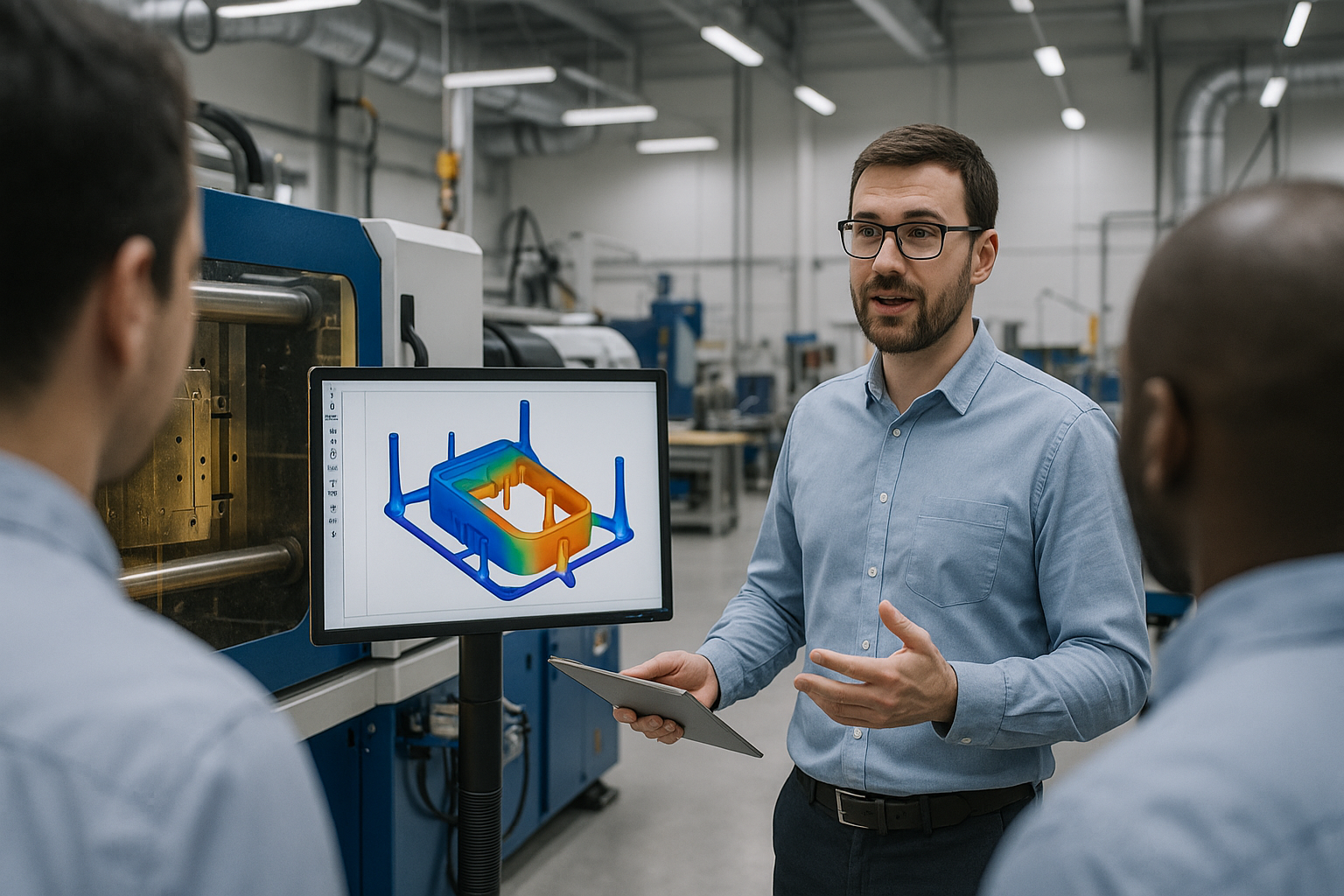
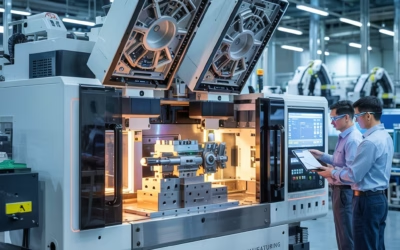
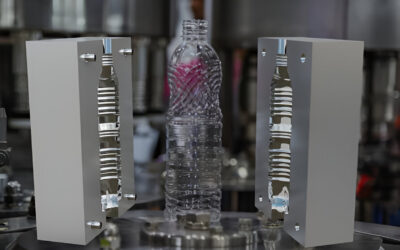
0 Comments